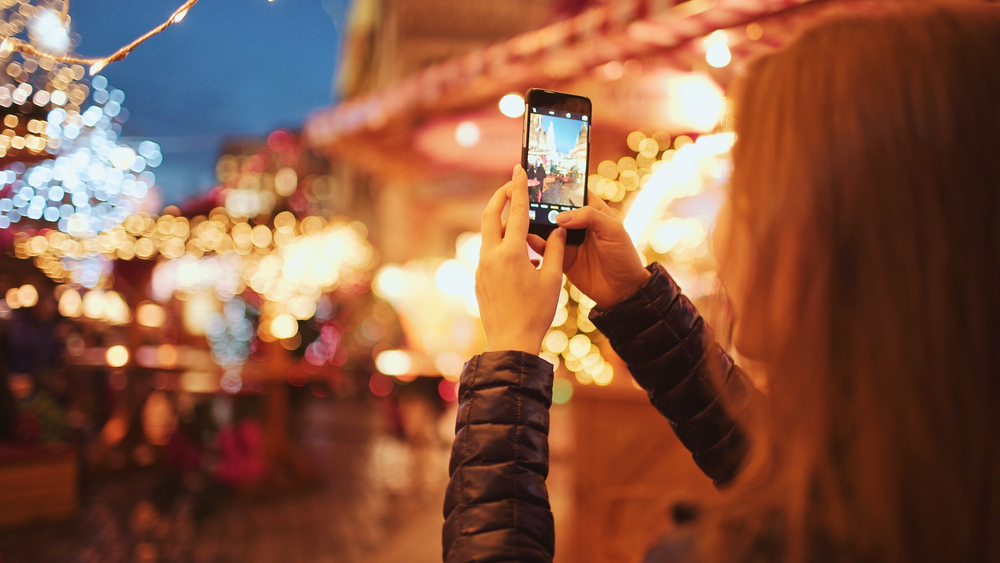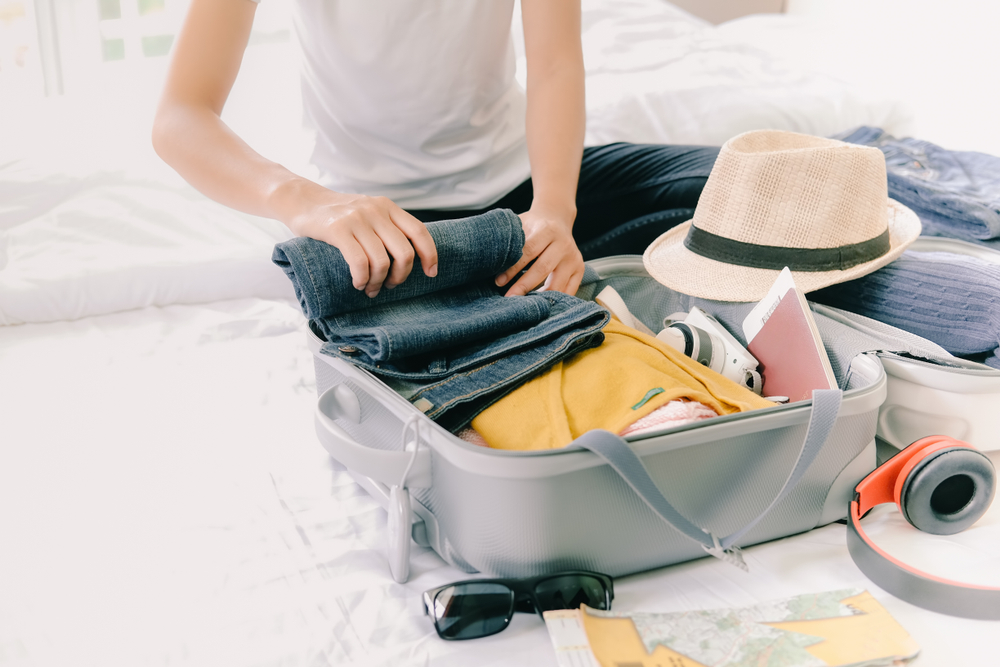As well as portraits and shots of beaches why not take a few photos of the plates of food you purchase? After all, getting your smartphone out before you chow down is the normal thing to do nowadays, isn’t it?
A holiday is not just about the destination. It’s also about the journey
It’s holiday time and many readers will be heading to their favourite spots for a well-deserved break.
There they will take hundreds of selfies because the digital realm has made photography almost fool-proof and inexpensive.
But a holiday is not just about the destination. It’s also about the journey.
So why not include your faithful ride in your holiday snaps?
Below are some tips to take beautiful travel pictures, which include your 4×4, car or bike.
Road trip
On your way to wherever, there is bound to be an excellent photographic opportunity.
Whether it’s a long, empty stretch of road with some scenery alongside, or an interesting signboard showing the way, keep an eye out and take time to stop for a memorable moment.
Remember to park the car in such a way so it’s not in the way should another vehicle pass.
Smartphone or camera, use the timer function to get everybody in the shot – including your faithful steed.
A tripod will come in very handy.
Get creative
Instead of taking your pics from the same old boring angles, try something different.
Get down on the ground.
You will be amazed at the difference an angle change can make.
Also, you don’t need to include the whole vehicle.
A shot along the car’s side, showing the road ahead, can be just as pretty.
In motion
We have all seen those stunning landscape pictures that feature a vehicle heading towards the photographer in the distance.
These take some effort because when such a photo opportunity presents itself, you will have to drop someone at a strategic point to take the pic.
However, when you see the end result, the slight delay will be worth it.



